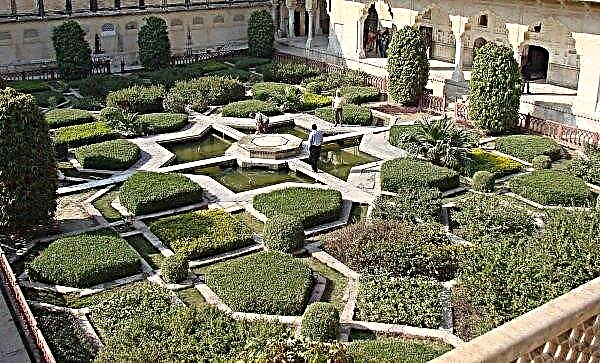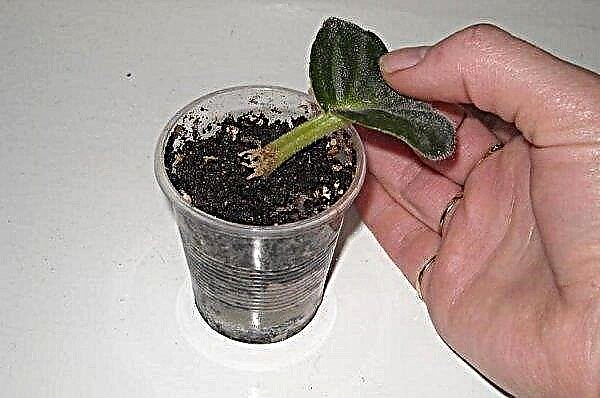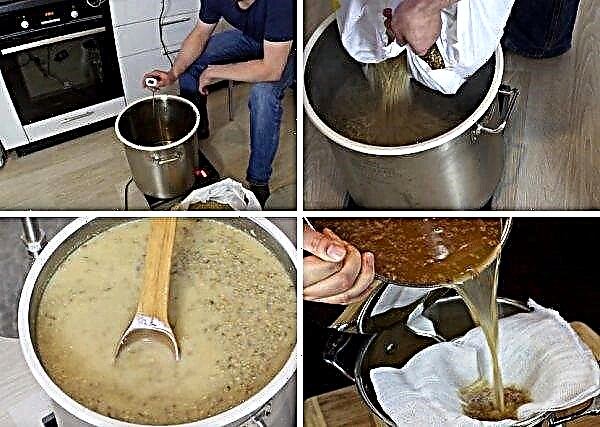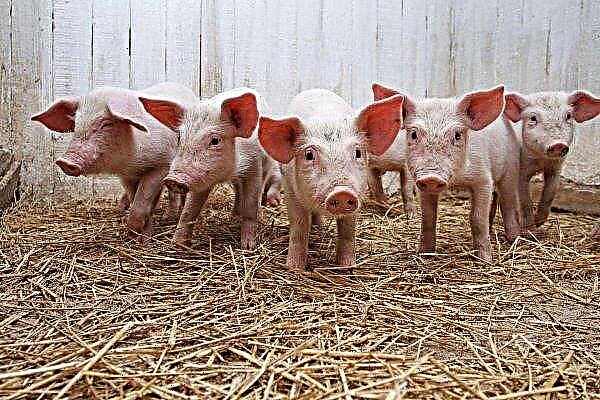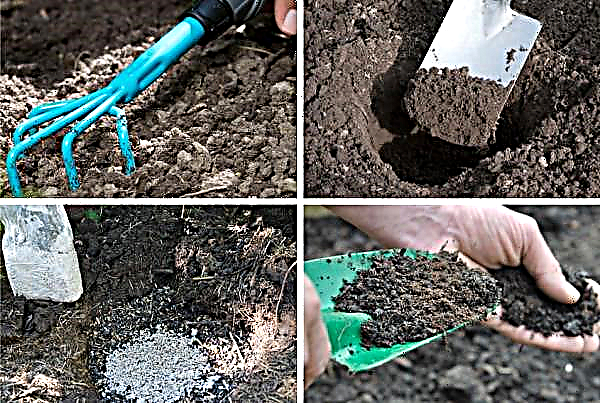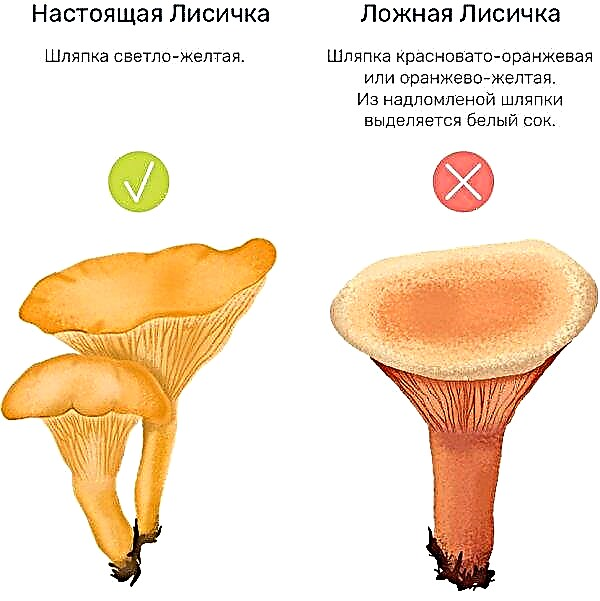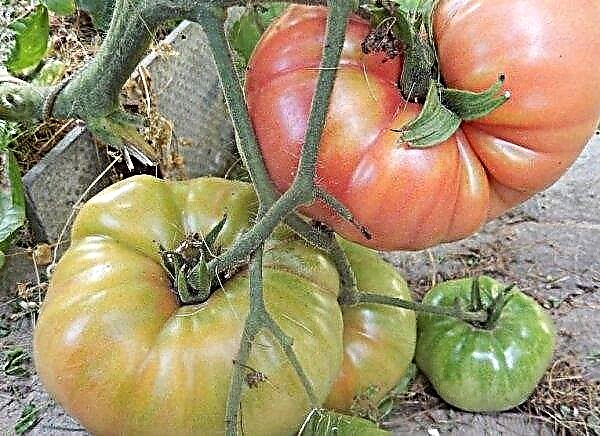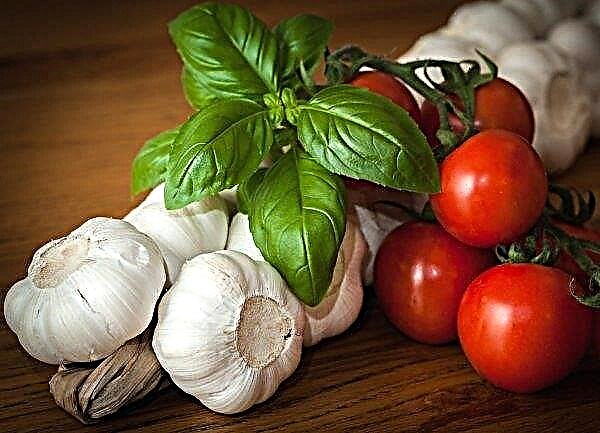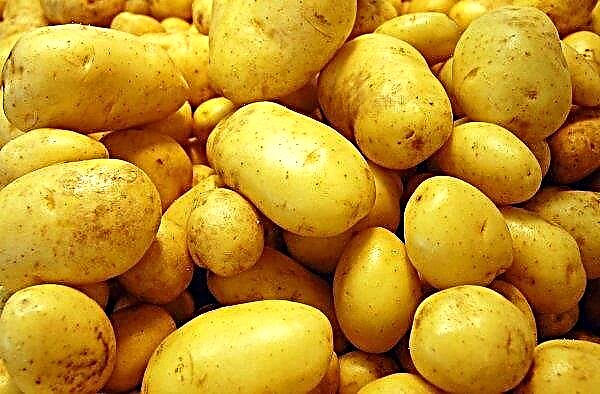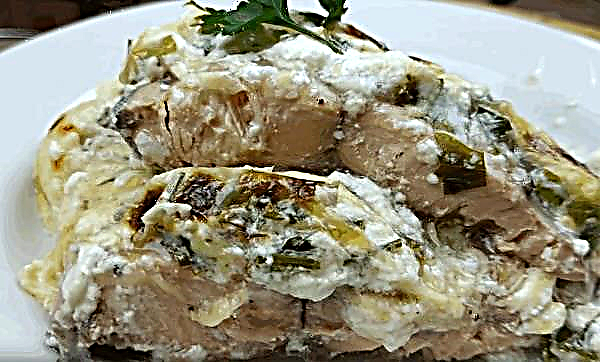Bezostaya 100 is a variety of soft wheat that is actively used in some regions of the country. It has a number of positive characteristics, for which it is appreciated by agronomists. In more detail about cultivation of culture further.
Origin history
Bezostoy 100 was selected in the Soviet Union. Agronomists worked at the P. P. Lukyanenko National Center for Grain in the Krasnodar Territory, painstakingly selecting the best seeds from Bezostaya 4. It was also obtained by selection from the hybrid population Lutesscens 17 / Skorospelka 2. The culture was bred in 1955.
Botanical Description
Planted wheat seeds grow in a semi-spreading bush, reaching 81–104 cm in height. Its leaves are light green, with a waxy coating. Spikelets throws medium length, cylindrical. The sphenoid processes cover them by a third in the upper part.
Did you know? China — unchanged world leader in wheat production since 1985.
They are 3-15 mm long. Scales ovate-elongated, 8.5–10 mm long, 3.5–4.5 mm wide. The tooth of the scales is straight, moderately curved. The ears are filled with medium-sized grain, elongated ovoid. The color is red. The base is bare, and the groove is weakly expressed.
Variety Characteristics
Refers to mid-early varieties, the growing season lasts 221–296 days. It is characterized by high grain qualities.
Productivity
Breeders laid the productivity of over 100 kg / ha. According to varietal tests, for three years it showed a yield of 99.5 c / ha. When sown after spikes, productivity is 9.3 c / ha higher than the standard.
Seeding rates
When cultivating the cultivar, a sowing rate of 4–5 million germinating seeds per hectare was recommended. Based on experience many agronomists recommend planting 300-400 pcs / m² on a field that walked for a year and 400-470 pcs / m² each after legumes and rapeseed.
Did you know? In the Khrushchev period, the USSR actively imported wheat, while being among the three world leaders in its production. This was due to the fact that most of the acreage was in areas of risky farming, and with the need to maintain livestock during the stall period.
Disease and pest resistance
It has excellent immunity to many diseases:
- brown rust;
- yellow rust;
- Septoria;
- powdery mildew;
- fusarium spike;
- viral infections.
 It is attacked by some pests, from which other varieties of winter wheat also suffer:
It is attacked by some pests, from which other varieties of winter wheat also suffer:
- ground beetle;
- cereal fly;
- rodents.
Drought and winter hardiness
The variety has good resistance to lodging and shedding of grain. It has good drought tolerance. It tolerates low temperatures calmly, but is allowed for cultivation mainly in the North Caucasus and Central Black Earth regions.
Growing rules
Due to the characteristics described, the variety is not very picky about planting and care, but nevertheless it is necessary to adhere to certain rules in order to get a good harvest.
Crop rotation
The culture demonstrates excellent germination performance when planting after ears of corn. It can also be planted after row crops, including corn grown on grain.
Landing time
The optimal sowing period is from September 25 to October 10. Earlier planting work leads to excessive bushiness of the plant, as well as the development of a strong aerial part. Culture outgrows and suffers winter worse. Late landing does not allow the formation of a normal root system and the aerial parts before the onset of frost. Then this process is transferred to the spring, which inhibits the development of wheat.
Important! The more developed the plant, the more actively its pests attack.
Soil requirements
He loves nutritious chernozem rich in humus. It is desirable that his reaction be slightly acidic or neutral. Such soil is usually structured, aerated and absorbs moisture well, therefore, when preparing the soil, it is necessary to fluff it and level it. Breast size should be minimal. Breasts larger than 8 cm in diameter are not allowed. Organic fertilizers (20–30 t / ha) should be added in pairs. Before sowing, mineral complexes are introduced, in which potassium and phosphorus predominate (10–20 t / ha).
Breast size should be minimal. Breasts larger than 8 cm in diameter are not allowed. Organic fertilizers (20–30 t / ha) should be added in pairs. Before sowing, mineral complexes are introduced, in which potassium and phosphorus predominate (10–20 t / ha).
Care
Caring for winter wheat is not difficult. The most important thing for her is the timely application of nitrogen fertilizers. In autumn, if the soil was poor, then you need to use nitrogen top dressing with a content of this substance 30%. In early spring, you need to use 60-80% fertilizer. With the advent of the stem, you need to increase it to 60–90%.
The last top dressing is carried out with the appearance of spikelets. Use 30-60% of fertilizer. Make them according to the instructions indicated on the package. Also, timely pest prophylaxis is needed. To do this, the crops should be treated with insecticides like “Fostran”, “Shaman”, “Alfagard”.
Pest and Disease Control
Bezostaya 100 is resistant to diseases, therefore, if crop rotation rules are followed, fertilizers are timely applied, weeds are removed, the likelihood of developing an ailment is minimal. The same measures, as well as the selection of high-quality seed, its pre-planting treatment will avoid problems with the attack of pests.
Important! It is desirable to carry out cleaning by direct combining so that losses are minimal.
Harvesting
The crop is formed and ripens in 7–9 months, so if crops were carried out in September – October, harvesting can be carried out in May – June. Ripe grains should have a moisture content of 14–17%, extremely rarely 20%. If it is raw, then long-term storage is not necessary. Bezostaya 100 is an excellent variety of soft wheat with good baking qualities. She has good immunity to diseases and pests, as well as excellent response to the absence of moisture and heat. This greatly facilitates the care of her.
Bezostaya 100 is an excellent variety of soft wheat with good baking qualities. She has good immunity to diseases and pests, as well as excellent response to the absence of moisture and heat. This greatly facilitates the care of her.

